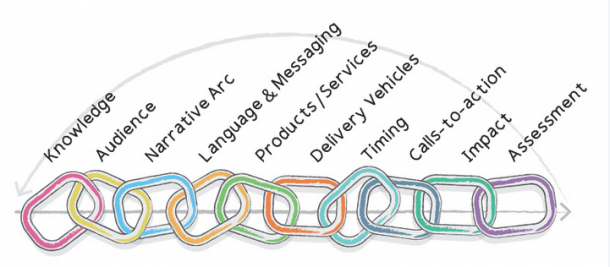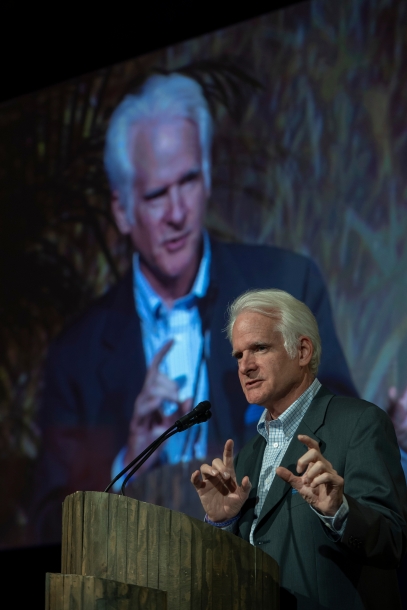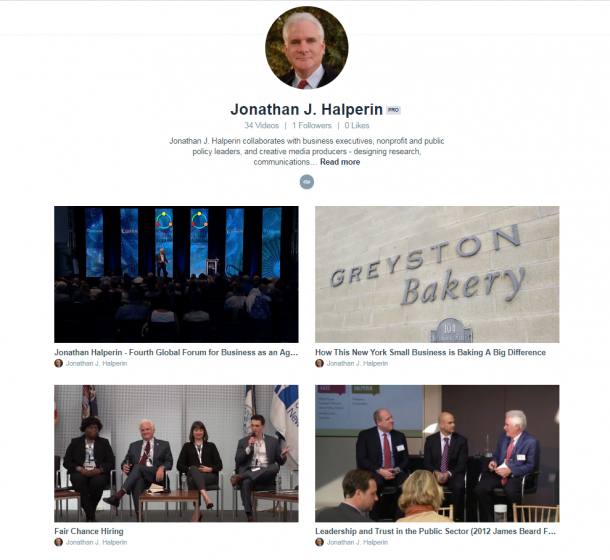You are here
This Ain’t That – Communications & Covid-19
Every crisis is of course unique and demands specialized communications. But regardless of scale, or location, or type, common features emerge - whether Chernobyl (Ukraine) 9/11 (NYC), Bhopal (India), or the Tsunami that took ~30,000 lives in Sri Lanka in 2004.
Across these diverse events, each had a precise start, a field of impact that could be defined, and a timeline. Water and wind move at known rates. Fissile nuclear materials decay in predictable ways.
These ‘typical’ crises burst forth as a single events – a tectonic plate shifting under the Indian Ocean, a terrorist attack. And each had an ‘owner’ upon whose desk responsibility for communications (if not also for the event itself) crash-landed.
Not so Covid-19. At different times in different places Covid-19 began, has begun, is beginning or will begin. And the endpoint, as well as the metric to measure it, keeps moving: flattening the curve, getting back to business, declining mortality rates, testing, vaccine, treatment.
Adapted for these circumstances, I thus offer as fundamental the following ten #communication links, with descriptive text below the graphic.

First and foremost, especially now, start by examining your....
Assumptions: Revisit them all. No exceptions. Review who you and your organization want to be in this moment. Auto assembly line or ventilator shop? Fashion house or PPE manufacturer?
Knowledge: Don’t join the chorus. Know what you know and don’t stretch. That everyone’s life and work has been affected does not make everyone a specialist. Lean hard on your unique and value-added knowledge.
Audience: Move past traditional understanding of your target audience. Know what is different today about the people you need to reach. People are craving connection and structure, trying to navigate in a world turned upside down. Can you help?
Narrative Arc: Don’t fight the dominant virus #narrative unless your platform is equal to the task. Jujitsu-style, draw energy from a discrete element of it and then align with that thread. Identify that singular connection carefully and stick with it. Flip negatives to positives, but don’t distort or dissemble.
Messaging: Announce whether you are offering or asking. Say something that has not already been said or if reinforcing a point be explicit about why you are doing so. Be hyper-clear. Be brief. Make two points rather than four; shorten three paragraphs to one.
Services/Products: Stay off the shoulder so emergency vehicles can pass. Don’t reposition something as essential that isn’t. Announce what's inside – whether on a truck or in an email subject heading. For shipped products, add ‘handling ingredients’ to make clear if packed by hand or machine.
Pathways/Delivery Vehicles: Mental, technical, and operational bandwidth are all reduced. Reconsider the optimal way to deliver your message. Create ‘learn more’ options. Take the time to make a visual really bounce so you can cut text. Be consistent. Be consistent. Be consistent.
Timing: Time has become warped, days merging into one another; we are wobbly and off our stride. Date and time everything, even if evergreen. If you don’t need to push now, don’t. If you can postpone, postpone. Accept that everything will take longer. No exceptions.
Calls-to-action: When feasible, flip asks into offers. Help more; ask less. Lower the bar for participation and contributions not directly linked to the crisis.
Impact: Holding your own in this #crisis is a success. Limit your own and stakeholder expectations.
Assessment: Rethink metrics. Expect web traffic to fluctuate dramatically. Memorialize more than usual; keep timelines. Make it easier for your audience to provide feedback.
One principle, however, remains fundamental. Listening, not talking, remains the bedrock of sound communications.

